Orientation
In the mid-1800s, the upper Mississippi River became a vital part of the lumber business and the Quad Cities-area economy. Sawmills created vast opportunities for employment for locals and immigrants from Germany, Sweden and Belgium. Many families joined forces and forged alliances to establish and expand businesses and find success. The consequent emergence of wealthy lumber barons has shaped the area’s development for more than 150 years and their influence is still visible today.
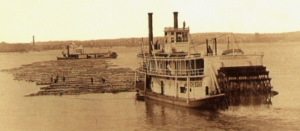
1857 Log Raft on The Mississippi
In 1834, Virginia-native Capt. Benjamin Clark built the first water-powered sawmill at the mouth of Duck Creek, making lumber more accessible to the general population. In 1848, the first steam-powered sawmill was built between Gaines and Warren Street in Davenport. This marked the era of lashed-together log rafts floating down the Mississippi from northern forests. These 16-foot rafts contained 14 strings and were tied together. Early rafts floated downriver and were steered by huge oar-like devices called sweeps. After the Civil War, steamboats at the stern of the raft pushed with sweeps at the front.
As northern forest management matured, this area saw larger sawmills emerge while fires, floods and other management challenges prompted some sawmills to consolidate into larger corporations known beyond this area.
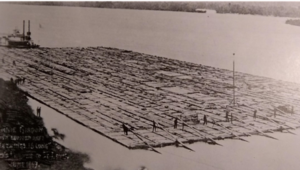
1869 Annie Gordon log raft. Courtesy of “Moline; A Pictorial History”, by Bess Pierce.
By the late 1800s, the Rock Island riverfront saw hundreds of amassed logs occupying about six city blocks. By 1881, a single sawmill could cut up to 14.5 million feet of lumber per year (the equivalent of driving from Davenport to Guatemala).
Sponsored By
Learn More
Find out more about the history of Lumber Barons by clicking any of the subjects below.
Did You Know?
Thank You!
Compiling this information could not be done without the help of the German American Heritage Center & Museum, the Rock Island Preservation Society, and many other local nonprofits that work diligently to keep our history alive. These organizations rely on donations to maintain and grow their collections for generations to come. Take a tour of German American Heritage Center & Museum, be sure to check out the Rock Island Preservation Society’s “Postcards From Home“ collection on their website and please consider a donation to help these organizations with their continuing efforts.
Sources
- Moline; A Pictorial History, By Bess Pierce
- http://www.rockislandpreservation.org/postcards-from-home/log-raft-on-mississippi/
- https://digitallibrary.tulane.edu/islandora/object/tulane%3A74897
- http://www.umvphotoarchive.org/digital/collection/putnm/id/41
- https://www.nps.gov/nr/feature/places/pdfs/16000322.pdf
- https://blogs.davenportlibrary.com/sc/2017/07/07/build-a-better-davenport-the-mueller-lumber-company
- http://www.umvphotoarchive.org/digital/collection/putnm/id/880/rec/10
- https://npgallery.nps.gov/GetAsset/331f6519-a406-4fea-81d3-630aa4f20b06
- http://www.umvphotoarchive.org/digital/collection/putnm/id/872
- http://travelsouvenirmagnets.ergoiamtoo.com/vintage-illinois-paint-pail-advertising-magnet
- https://qconline.com/editorials/gould-dimock-make-their-mark/article_17a23f04-9229-541f-b052-d9c184e3ed13.html
- https://qconline.com/editorials/q-c-man-helps-build-empire-on-lumber/article_440452c9-d870-5a64-aaab-e06afe35e969.html
- https://qctimes.com/business/dimock-gould-survives-changing-marketplace-by-reinventing-itself/article_fcaf7598-d553-5e1f-a860-82226af0f2ef.html
- https://www.iowa.pbs.org/iowapathways/mypath/days-sawmills
- http://www.rockislandpreservation.org/postcards-from-home/log-raft-on-mississippi/https://qctimes.com/lifestyles/home-and-garden/where-the-lumber-baron-lived/article_4cbe0211-b43e-5b31-ae91-fe78c9169bd3.html



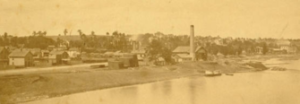
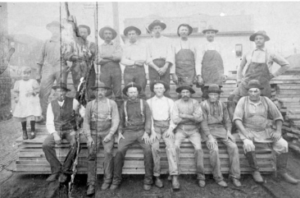
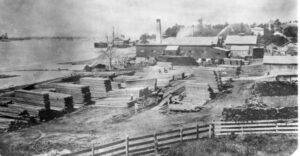
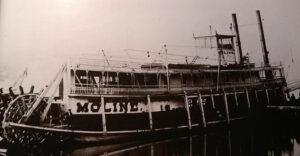

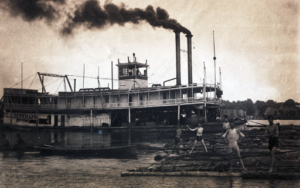

See More QC History Here